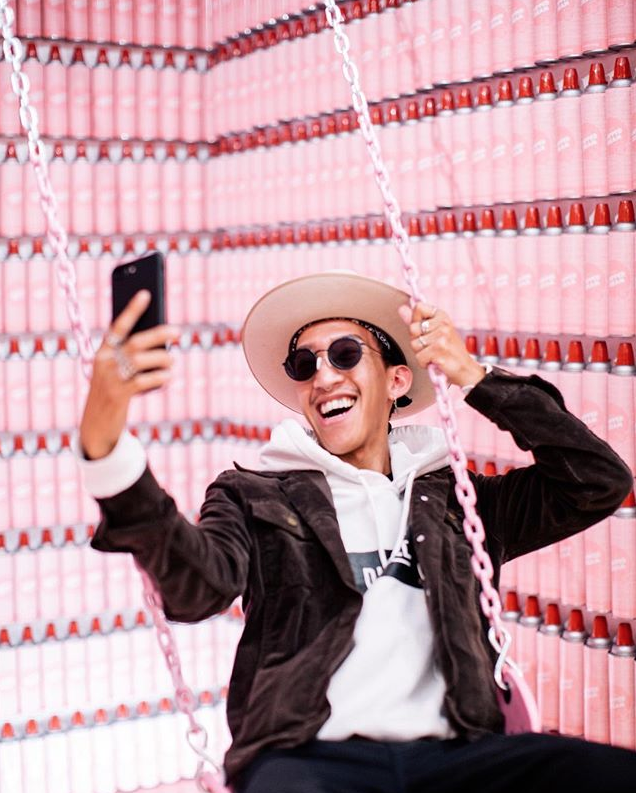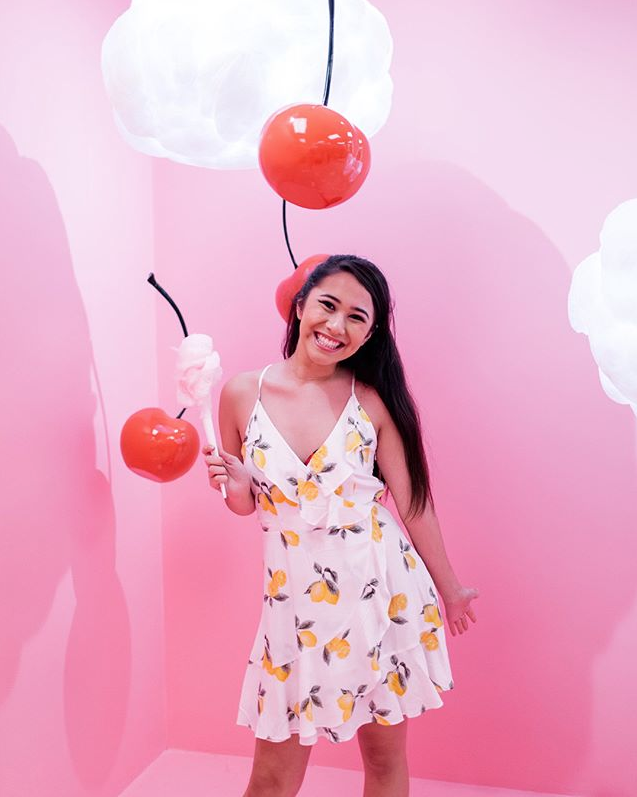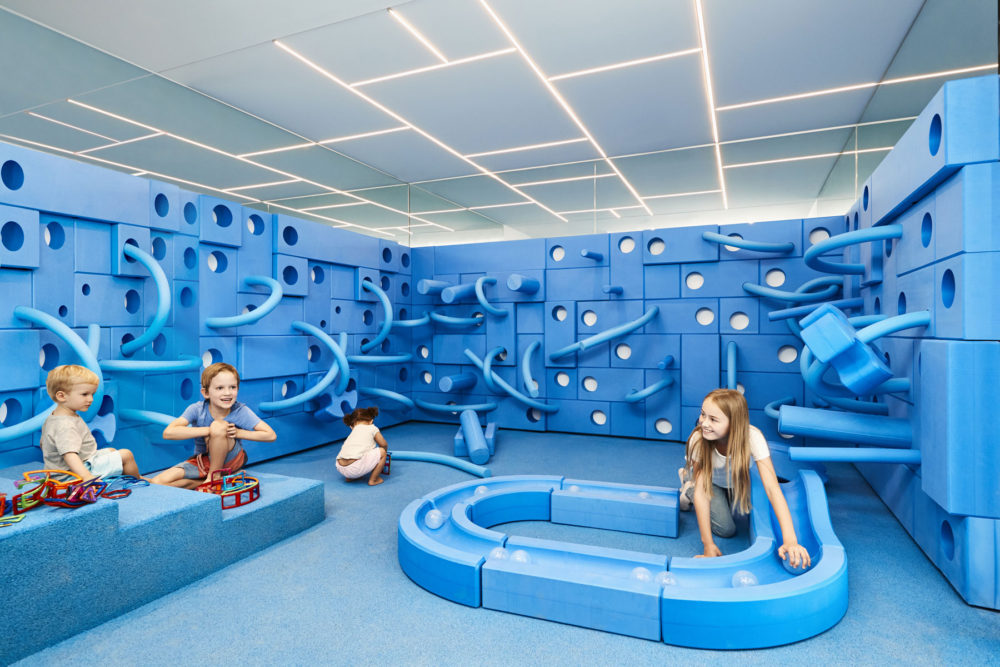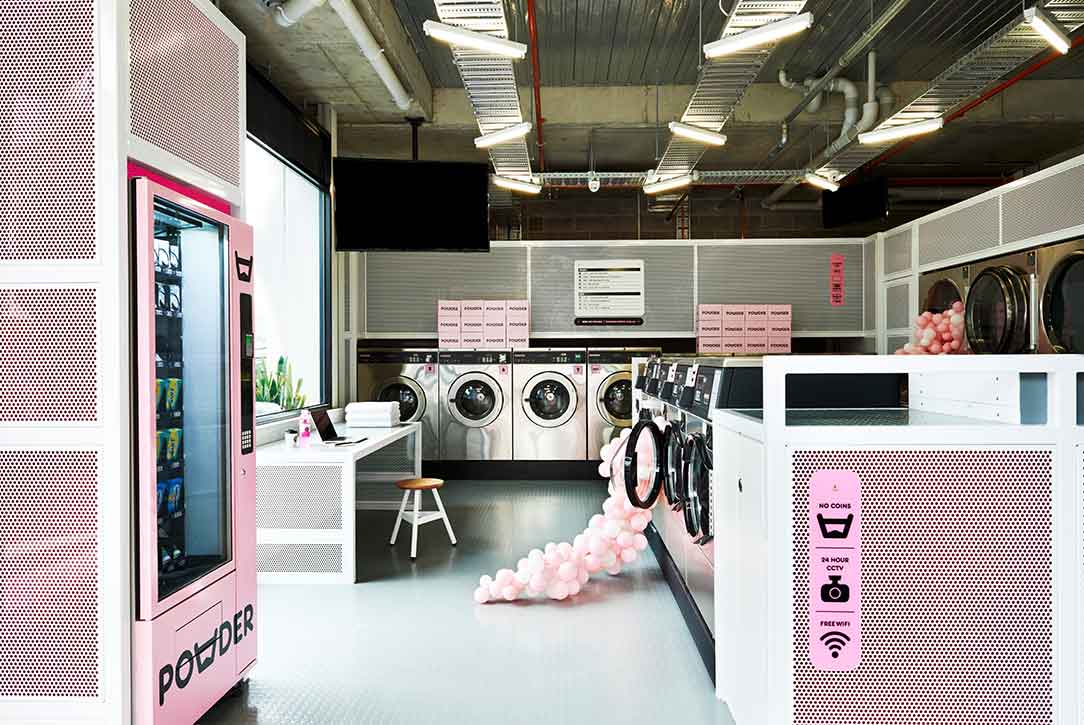
Designed experiences in the age of Instagram
Designed experiences in the age of Instagram
Share
Aleesha Callahan explores ‘designed experiences’ and how designers increasingly need to consider how a space translates on a screen.
It seems almost counterintuitive that the design of a real life space could be reduced to how it looks in a square grid on a mobile device. But in the hyper-connected world we live, that is a consideration that many designers need to take on board if a project is to be deemed successful – bearing in mind that this is if success is only counted in the number of geo-tags and online shares.

Visitors to the Museum of Ice Cream sit in staged installations to take selfies for Instagram. Photo via museumoficecream.com.
Sitting at the apex of this junction is the art installation-cum-Instagram-worthy pop-up experience, the Museum of Ice Cream. Bringing together elaborate, interactive installations, the space has been coined ‘a museum for millennials’. Part branding exercise, part art show, part adult theme park – the Museum of Ice Cream has popped up in three different locations across the US. And desire and demand for the space is apparent in the fact that it completely sold out in each city it’s been to – New York, San Francisco and Los Angeles.
What visitors line up for is a timed 45-minute walk-through where every room has been designed to create the perfect Instagram snap. Kitted out with kitschy life-size installations to climb upon and saturated millennial pink at every turn, guests leave with glorified happy snaps as a souvenir to share online. Because the social cachet that accompanies a visit is the project’s number one goal, lighting for each ‘installation’ has been optimised for the most flattering selfies possible.

Food is provided as props. Photo via museumoficecream.com.
In an interview with Anna Weiner for New York Magazine, founder Maryellis Bunn explains how demand for experiences is shifting with the younger demographic. “The old traditional experiences — take museums, for example — are the institutions that become more and more archaic. They just haven’t been able to reformulate for the shifts in what people are interested in.” Does that mark the end for museums? Unlikely. But it does mean that designers who don’t factor in how a space photographs and translates online, are neglecting another dimension in the life of a project.
Spaces to touch, smell and feel
Another interesting take away from the concept of the Museum of Ice Cream is the desire to create an experience. As retail continues to give up bricks-and-mortar locations and move storefronts online, these empty shells are waiting for new ventures to take hold. But that also means the human need for real life experiences goes unsatiated. What will become the equivalent of a trip to the mall in five, 10, even 20 years?
These sensory considerations are where the designer can shine – textures, smells and emotional responses are all part of the designer toolkit.

NUBO by PAL Design and Frost*Collective is a local example where experience comes first. In this instance, for kids to escape the digital world.
Bringing it home
When thinking about what local projects have been tapping into this concept, only a couple spring to mind – and neither were built with the intention of being an adult space to escape.
NUBO, a play experience for kids that opened in Sydney recently, was designed by PAL Design with FROST*Collective. The project completely embraces ideas around what constitutes experience, as Anthony Donovan of Frost describes the concept being “exercise your imagination”. Built on the driving principle of a new kind of play space for kids, NUBO has been executed holistically, from branding through to environments. How the space translates on Instagram, however, is not a consideration. Namely because the space aims to help parents and kids detach from everyday life.

Powder Laundry by Studio Tate features fun graphics and the ever popular millennial pink. Photo by Tessa Ross-Phelan.
Another project that unexpectedly elevates an everyday experience is Studio Tate’s Powder Laundry. Key to this project is the branding, which features that familiar millennial pink that the designers say is a reference to the shade white clothes turn after being washed with an erroneous red sock. Meanwhile, perforated metals feature prominently as a reference to the circular front of the washing machines.
Clients continue to come to designers so that, through their skills, a project can be elevated beyond their competition. Take hospitality and hotels for example, the social media capital that comes with hundreds, even thousands, of customers sharing and tagging their experience is the modern day equivalent of word-of-mouth. If a designer considered this natural human behavior in the design process, how would it manifest itself in the final outcome?
–
Penny Craswell talks about how food can elevate the experience of space, read it here.
















